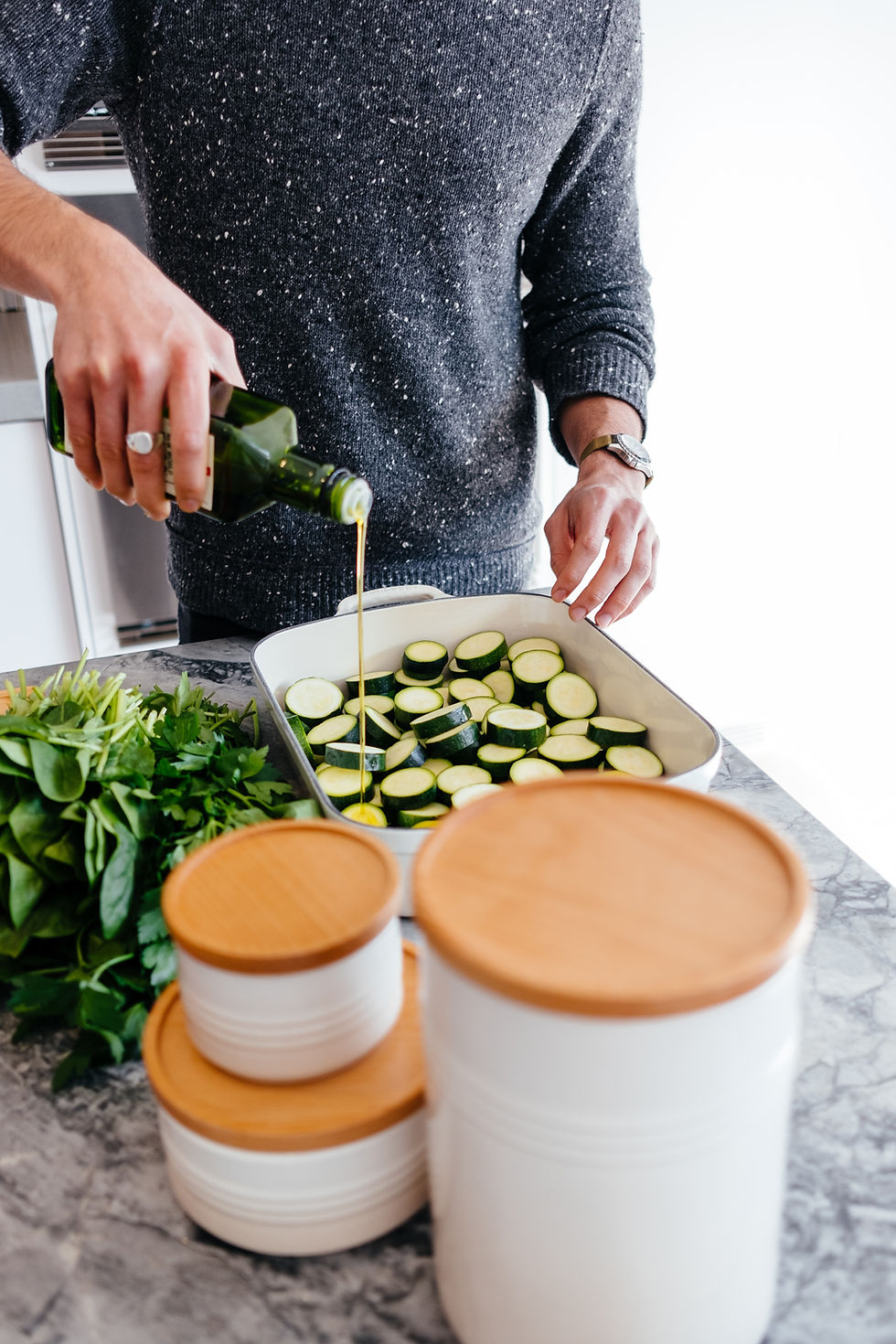Movement for Every Decade: How to Stay Strong, Energized, and Healthy from Your 20s to 50s and Beyond
- Dr. Marissa Boyd, ND

- Mar 9
- 3 min read
Movement and Daily Habits: How to Support Your Body at Every Age
Movement and daily habits are the foundation of good health, but let’s be real—what your body needs in your 20s isn’t the same as what it needs in your 50s. The key is learning to work with your body, not against it, as it changes. So, let’s talk about how to support yourself at every stage, from exercise to daily routines that actually help you feel good.

Teens & 20s: Build Strength, Build Confidence
Your teens and 20s are all about setting the foundation for a healthy, active life. The goal? Find movement that feels fun so it becomes a habit, not a chore.
What to Focus On:
Strength + Mobility: Bodyweight exercises, yoga, and dance help build muscle and flexibility.
Bone Health: Weight-bearing activities (like jogging, jumping, and resistance training) help build strong bones for life.
Consistency Over Intensity: No need to overdo it—just move regularly and listen to your body.
Lifestyle Tips:
Get outside and move every day, even if it’s just a walk with friends.
Start simple habits like stretching before bed or deep breathing to manage stress.
Prioritize sleep—your body is still growing, and rest is everything.
30s: Energy, Strength & Stress Management
Your 30s are busy. Between work, relationships, and maybe even kids, your body needs movement that builds resilience without burning you out. This is the time to create routines that support energy, metabolism, and stress relief.
What to Focus On:
Strength Training: Lifting weights or using resistance bands helps maintain muscle and keep metabolism high.
Cardio (But Make It Fun!): Hiking, cycling, and dance classes—choose something enjoyable, not just another treadmill session.
Restorative Movement: Balance intense workouts with gentle yoga, stretching, or mobility work.
Lifestyle Tips:
Walk more! Walking is one of the easiest ways to boost energy and reduce stress.
Create a wind-down routine for better sleep (hello, blue light filters and herbal tea).
Set boundaries with work and social life—stress management now pays off later!
40s: Hormone Balance & Sustainable Energy
Things start shifting in your 40s—hormones fluctuate, metabolism slows slightly, and recovery time gets a little longer. The best approach? Train smarter, not harder.
What to Focus On:
Progressive Strength Training: Lifting weights 2-4 times a week supports muscles, bones, and metabolism.
Low-Impact Cardio: Swimming, cycling, or brisk walking help cardiovascular health without stressing joints.
Flexibility & Core Work: Pilates or mobility exercises prevent stiffness and support posture.
Lifestyle Tips:
Prioritize recovery—more stress means higher cortisol, which can impact sleep and hormones.
Make protein a priority—it helps with muscle maintenance and energy.
Create non-negotiable self-care time (even if it’s just 10 minutes a day).
50s & Beyond: Longevity, Mobility & Joyful Movement
By the time you hit your 50s and beyond, movement is about staying strong, mobile, and energized for the long run. Now’s the time to focus on longevity and joint health while still doing activities you love.
What to Focus On:
Strength + Stability: Lifting weights and balance exercises help prevent falls and maintain independence.
Joint-Friendly Movement: Swimming, tai chi, or Pilates support mobility without strain.
Daily Movement: Walking, gardening, or stretching keep the body active without feeling like a “workout.”
Lifestyle Tips:
Stay hydrated—joint health and digestion depend on it!
Prioritize community—walking with friends or taking group classes keeps movement fun.
Keep learning new skills—whether it’s dancing, hiking, or even a new sport, movement should stay exciting!
Final Thoughts: Keep Moving, Keep Thriving
No matter your age, movement should feel good—not like punishment. The best thing you can do for your body? Find movement you actually enjoy and make it part of your daily life.
At IVY Integrative, you can build your own team of holistic practitioners! Reach your optimum health in-person or online. Check out our Get Started page to learn how to work with us!
Author: Dr. Marissa Boyd, ND
References:
Warburton, D. E. R., & Bredin, S. S. D. (2017). Health benefits of physical activity: a systematic review of current systematic reviews. Current opinion in cardiology, 32(5), 541–556. https://doi.org/10.1097/HCO.0000000000000437
Nelson, M. E., Rejeski, W. J., Blair, S. N., Duncan, P. W., Judge, J. O., King, A. C., Macera, C. A., Castaneda-Sceppa, C., American College of Sports Medicine, & American Heart Association (2007). Physical activity and public health in older adults: recommendation from the American College of Sports Medicine and the American Heart Association. Circulation, 116(9), 1094–1105. https://doi.org/10.1161/CIRCULATIONAHA.107.185650
Westcott W. L. (2012). Resistance training is medicine: effects of strength training on health. Current sports medicine reports, 11(4), 209–216. https://doi.org/10.1249/JSR.0b013e31825dabb8
American College of Sports Medicine. (n.d.). Physical activity guidelines. ACSM. Retrieved March 4, 2025, from https://www.acsm.org/education-resources/trending-topics-resources/physical-activity-guidelines
Disclaimer:
This information is generalized and intended for educational purposes only. Due to potential individual contraindications, please see your primary care provider before implementing any strategies in these posts.



